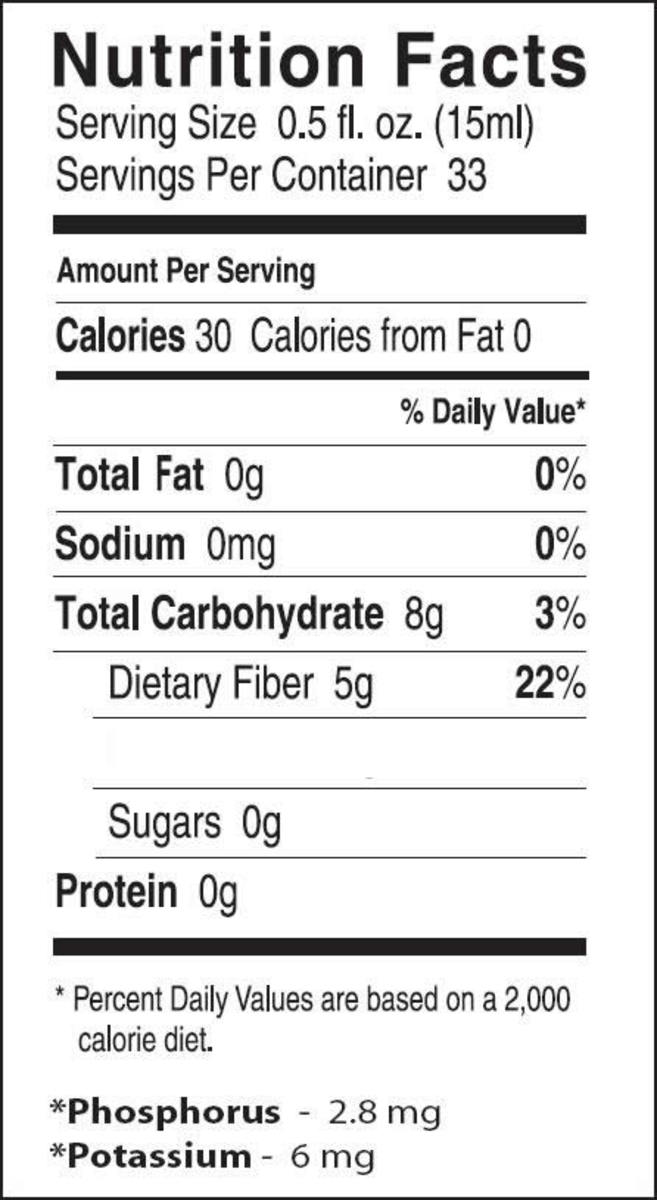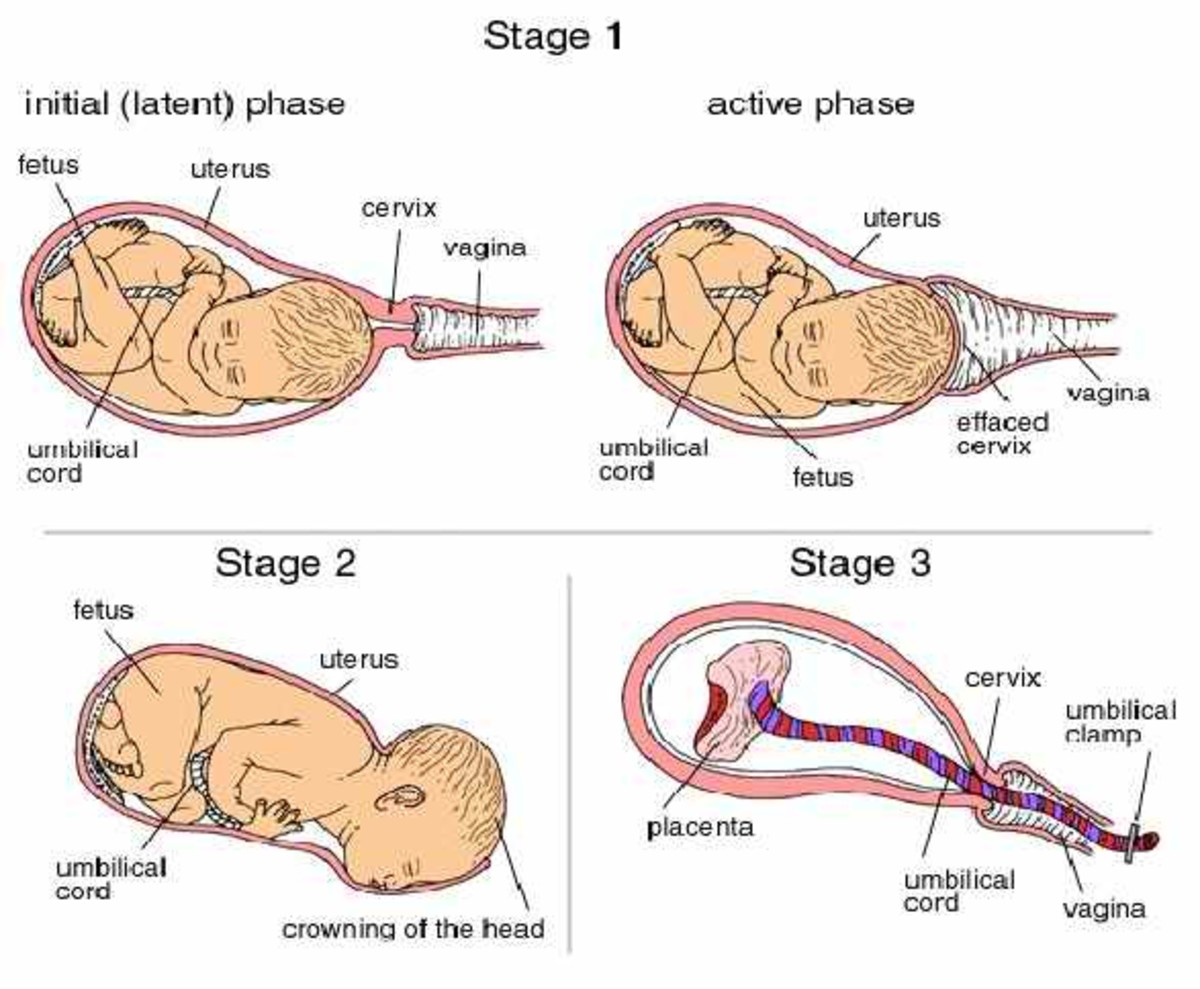How to Prevent Gestational Diabetes
Gestational diabetes is a type of diabetes that occurs only during pregnancy. A woman who develops diabetes during pregnancy, but has never had diabetes before, is said to have gestational diabetes. Gestational diabetes affects anywhere between 2-14% of all pregnancies and usually develops during second trimester.
Although gestational diabetes may affect any mother, regardless of whether she is considered high risk or not, it is usually the women who present with the following risk factors are more likely to develop gestational diabetes:
- obesity
- history of gestational diabetes during a previous pregnancy
- strong family history of diabetes (i.e. father, mother or sibling with diabetes)
- South Asian, black Caribbean, or Middle Eastern descent (as they have a higher prevalence of diabetes)
- has sugar in her urine
- previously gave birth to a big baby - usually larger than 4kgs
- previously had an unexplained stillbirth
- previously gave birth to a baby with a birth defect
- high blood pressure
The medical focus on gestational diabetes has generally been one of intervention rather than prevention. Many obstetricians and physicians will monitor a pregnant woman with the intention to pick up gestational diabetes rather than advise her on how she can reduce her risk of developing the condition. This may be due to the fact that little is proven about how or whether gestational diabetes can be prevented. To date, there have been no scientific studies on specific preventative methods for gestational diabetes.
Nevertheless, there are some recommendations from midwives that certain lifestyle changes can help to reduce a pregnant woman’s risk for developing gestational diabetes. Although this information is anecdotal and unproven, one can conclude that the benefits of adopting a healthier lifestyle during pregnancy can only be beneficial to the mother, even if it turns out to have little or no effect on reducing the risk of developing gestational diabetes.
What are the recommendations that may help to prevent gestational diabetes?
1. Exercise
A study by Dye (1997) found that regular exercise during pregnancy helped cut the occurrence of gestational diabetes by 50% in larger women.
Although there is currently a lack of research on the effects of exercise on the prevention of gestational diabetes, we do know that exercise is extremely beneficial to women who do have gestational diabetes. In some cases, an increase in exercise alone is sufficient treatment for gestational diabetes. Therefore it is logical to assume that if exercise can have such beneficial effects on pregnant women with gestational diabetes it should also have the potential to reduce the risk of developing gestational diabetes.
The critical factor to exercise is that it must be performed regularly. A study by Horton (1991) showed that a single exercise session improved glucose metabolism for 12-14 hours after the exercise had been performed. To gain the most beneficial effects of exercise on glucose metabolism, exercise should be performed daily. At minimum, it should be done every other day. It was shown that stopping exercise for more than two days tended to reduce the benefits dramatically.
Despite the lack of evidence supporting a direct link between exercise and the prevention of gestational diabetes, there are a large number of studies that link physical training with lower plasma insulin concentrations and the increased sensitivity to insulin in skeletal muscle and adipose tissue. This fact strongly suggests that exercise may be beneficial in reducing the risk of developing gestational diabetes.
Therefore for women who are at risk of developing gestational diabetes during pregnancy, it is recommended that exercise be a part of her daily routine (as long as the doctor approves, of course). The type of exercise performed does not need to be high-intensity. Some examples of exercise that may be undertaken include: 20-30 minutes of walking, swimming, water aerobics, and prenatal yoga.
Women are advised to observe all the necessary precautions relating to exercise during pregnancy. They should stop exercising in the event of pain, breathlessness, dizziness, faintness, palpitations, back or pelvic pain, or if there is vaginal bleeding. They should avoid exercising in hot, humid environments, or if they have a fever. They should avoid exercising beyond a heart rate of 140 beats per minute. They should keep hydrated throughout the exercise.
2. Nutrition
Again there is still a lack of empirical evidence to show a link between nutrition and reduced risk of gestational diabetes, however, there is anecdotal evidence of the benefits of a healthy diet. Gestational diabetes food plans are not particularly different from pregnancy nutritional guidelines in terms of the quantities of nutrients required. The difference lies in the timing, patterns and food combinations.
The general recommendation is to eat smaller portions at regular intervals throughout the day. It is also recommended that protein be consumed with carbohydrates as it helps to minimise the demands on the body to deal with blood sugars by not overtaxing the insulin response. It also ensures a more consistent energy supply to avoid the highs and lows in blood glucose levels.
Food consumption guidelines:
- consume frequent, small meals and snacks. This concept of eating is also referred to as grazing.
- maintain regular and consistent patterns of eating and do not skip meals or go for long periods without eating.
- always consume some protein when eating carbohydrates.
- eliminate sugar from your diet. For instance, if you normally add sugar to your drinks, it’s time to stop.
- eat even when nauseous or even if you don’t feel like it. Ideally consume some protein every 3 hours.
- the emphasis should be on nutrient-dense foods and quality over quantity.
- cut back on refined and simple carbohydrates and increase fiber intake. For instance, switch from white rice to brown rice, or white bread to wholemeal/multigrain. It has been suggested that high fiber diets are also beneficial in helping to reduce the risk of developing gestational diabetes (Zhang, 2006).
- limit carbohydrate intake at any one time and be aware of the carbohydrate loads for certain foods.
- stabilise night-time blood sugar by having a snack with protein just before bed.
- keep breakfast small and conservative and be sure to include some protein.
The general recommendations for preventing gestational diabetes, though unproven scientifically, generally follow the kind of healthy lifestyle changes that would be beneficial for anyone, including a pregnant woman. The benefits derived from observing these changes are above and beyond simply the reduction in risk for developing gestational diabetes. Even if a pregnant woman was not at risk for gestational diabetes, it would still be advisable for her to follow such recommendations during her pregnancy.








